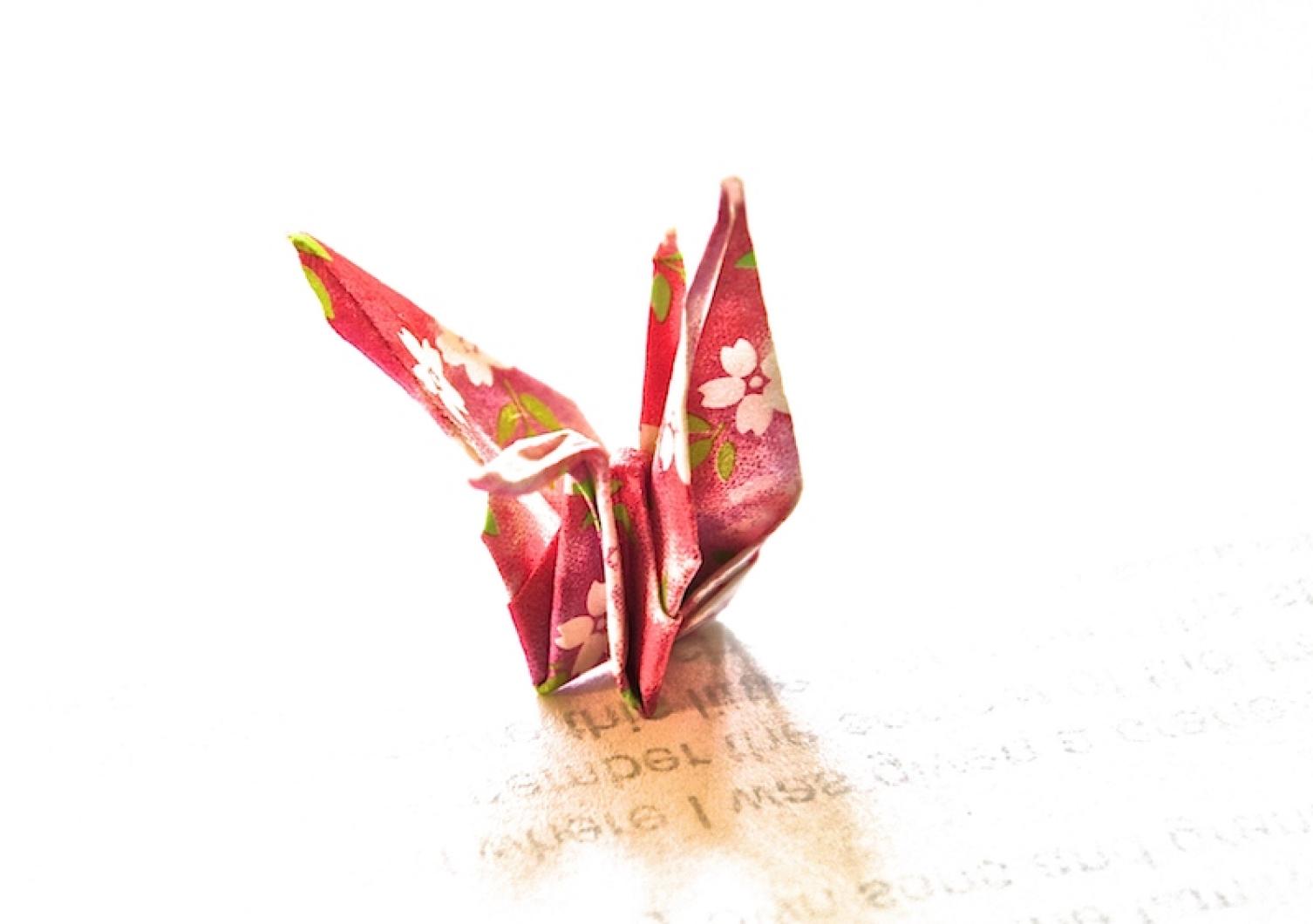In May 2018, I saw a documentary film called Paper Lanterns. It tells the story of Shigeaki Mori’s research to identify and honor 12 American soldiers who had died when the first atomic bomb devastated Hiroshima, Japan at 8:15 a.m., August 6, 1945.
Mr. Mori, then eight years old, was blown off a bridge near his school located about one and a half miles from ground zero. He became a historian, and in the 1970s, noticed that photo illustrations of A-bomb survivors showed dead U.S. soldiers. He spent 40 years finding out what had happened to these men.
The film, Paper Lanterns, tells the story of Mori-san’s life’s work to create a memorial to the 12 American POWs killed on August 6, 1945. The POWs had been shot down and held in Hiroshima’s military police headquarters since July 28. As he worked to identify these men, he learned that many of their families did not know what had happened to their sons. The U.S. government had not told them. In 1983 the U.S. government announced 10 had died, but kept details hidden.
Mr. Mori found all the families and helped them get all the men registered as A-Bomb victims. His life’s work, to honor these men, regardless of their uniform’s identity, enabled him to publish this story in 2008 with the title: The Secret History of U.S. Soldiers who Died from the Atomic Bomb. It was translated into English, and a film followed. He was also able to have a plaque mounted on a building close to where they were imprisoned, and to have them acknowledged in the Hiroshima Peace Museum.
At the showing of the film, I met Mori-san and his wife, Kayoko Mori. After the film, she stood at the theatre exit and handed each person a hand-made paper crane. I bowed to Kayoko and said, “doumoarigatougozaimasu, (thank you so much) and explained to her that I had lived in Japan in 1959 as a member of the Experiment in International Living, a program where students live with a host family for the summer. My family members included Terashima-san who taught blind students, Hiroko, his wife, who made hand-made scrap books on history, culture and geography because they couldn’t afford books for their four-year old son, Takashi, and Obasan, the grandmother, who taught the tea ceremony upstairs.
At the end of the summer, all the Experimenters and one family member from each host home, took a trip to Hiroshima. The museum’s graphics were devastating. We learned that 30 per cent of the population had been killed, and later 60,000 more from radiation complications. The shell of the Hiroshima Prefectural Industrial Promotion Hall, marked the epicenter of the explosion, and had been left as a reminder of the horror of this event.
Outside the Hiroshima Museum, a Peace Park embraced a statue of Sadako Sasaki, with her arms outstretched and filled with cranes to honor all children. Sadako was two when the bomb fell. She lived about a mile from the epicenter and her mother was so relieved when she found her in the rubble outside their home. Sadako had a normal childhood, went to school, played with her friends until she was 12 when she showed signs of radiation poisoning. Her friend told her if she folded 1,000 cranes she would be cured and get her wish. Sadako folded and folded and made 644 cranes before she died. In 1955 a statue was erected in her honor and to all the children who perished in the bombing.
To this day, people from around the world send folded cranes which are placed around her statue in Hiroshima Peace Park. And every year on August 6, paper lanterns with messages float down river in front of the Hiroshima Peace Museum representing “spirits departing back to the other world.”
When I lived with the Terashimas, Obasan, grandmother of the family, taught me to fold paper cranes, and years later I taught others including my own sons and grandsons.
Fast forward 60 years later on Martha’s Vineyard where I was given a crane folded by a woman from Hiroshima to offer hope as we remember the sorrow of the tragedy and work to rebuild peace with compassion. I treasure this little crane and the story it tells. I am glad it reminds me never to forget the past so we can change now and in the years to come.
Gail Tipton lives in West Tisbury.




Comments (10)
Comments
Comment policy »